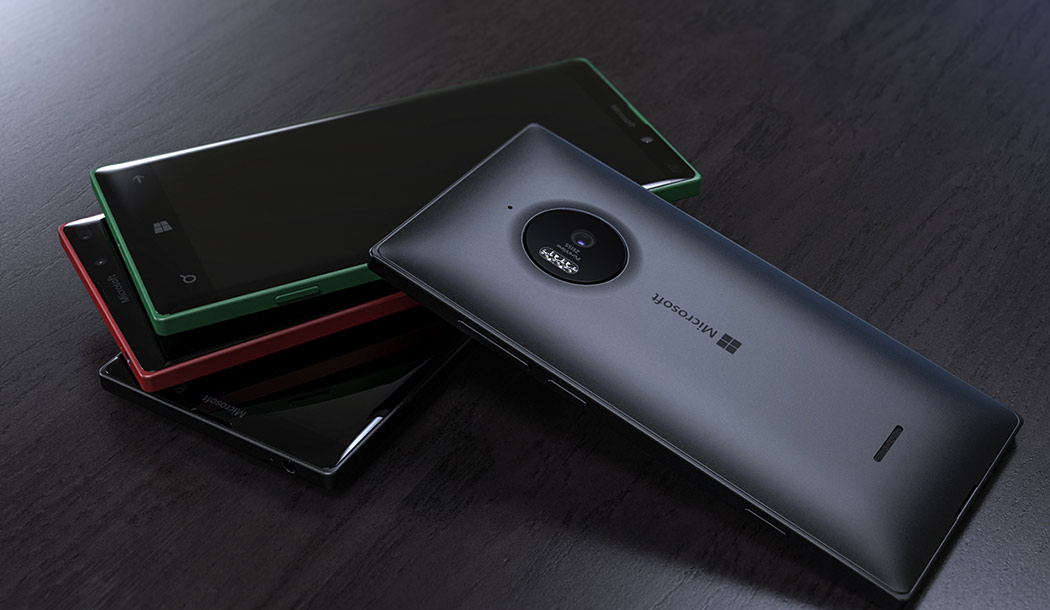
YD has always had a large focus on concepts. The only way to pave the future, I believe, is to conceptualize, and we’ve seen so many products develop only years after the concepts did. So as far as they go, conceptual designs pave the way for real-world products, and they’ll always have their place on YD. Having said that, there’s no observing conceptual designs without stumbling across those made by Jonas Daehnert, or as the internet calls him, Phone Designer. Jonas’ conceptual phones range from pretty-well-chalked-out to tongue-in-cheek… although some of his conceptual designs feature rather logical details based off rumors, brought to life by his photorealistic rendering skills. We had a chance to have a word with Jonas, delving into his process, passion for phones, and what he designs apart from them. We’ve even taken a look at some of his phones we’ve featured on YD.
Yanko Design: Hey Jonas! Big fan! Tell us a little about yourself, your background, what you do…
Jonas Daehnert: Hey! My name is Jonas Daehnert, I’m a 31-year-old designer from Germany. In 2007 I started studying product design at the Bauhaus University Weimar. During this time I learned how to develop and design products. But, of course, even out of school, learning continues.
Currently, I work as a freelance product and concept designer. Sometimes I design new product concepts for companies or other design agencies, sometimes I visualize their products for packaging, advertising or for presentations, like MWC in Barcelona. In my free time, I’m a natural born geek.
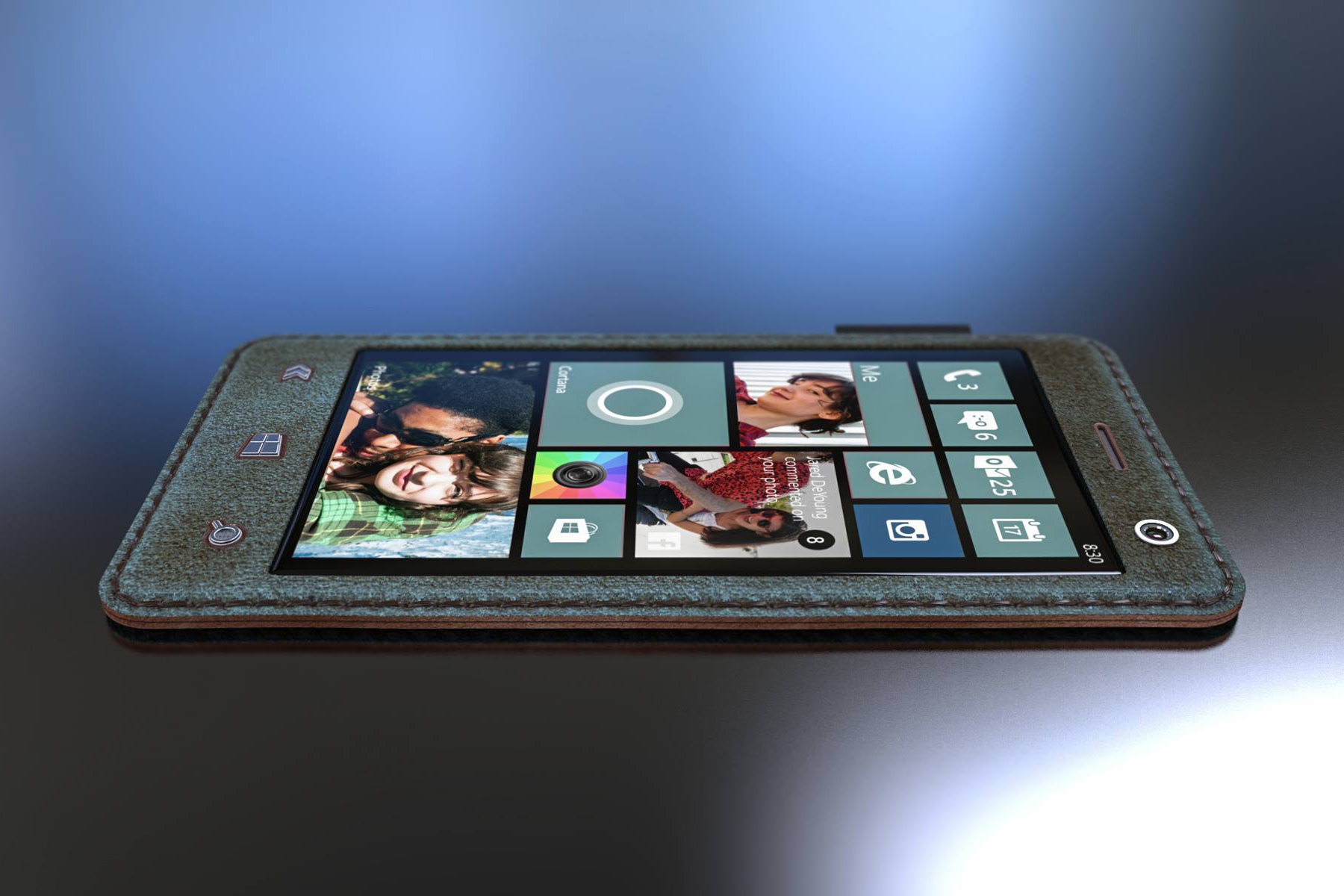
Daehnert’s Leather Phone imagines an era where phones are flexible, so a leather construction provides a beautifully premium clad.
YD: How and when did you venture into the “concept phone” domain?
JD: In addition to studying, I founded a video game development studio with a friend, 9 years ago. He was, and still is, an excellent computer scientist and I was able to design the graphics, sounds and game mechanics. We did a good job. But even in 2010/11, it was hard to get attention, especially when you developed apps for Windows Phone 7. To increase our downloads we were looking for a way to advertise our apps more effectively. Then I came up with the idea to promote our apps on fictional devices. As chance would have it, Microsoft revealed their first Surface devices in June 2012. One week later we presented our games on the new fictional “Surface Phone”. I’m really proud of it, because it was my first phone concept and people really liked it. We got a lot of attention. It was also the birth of the Surface Phone myth. From that point on, I started developing phone concepts in my free time.
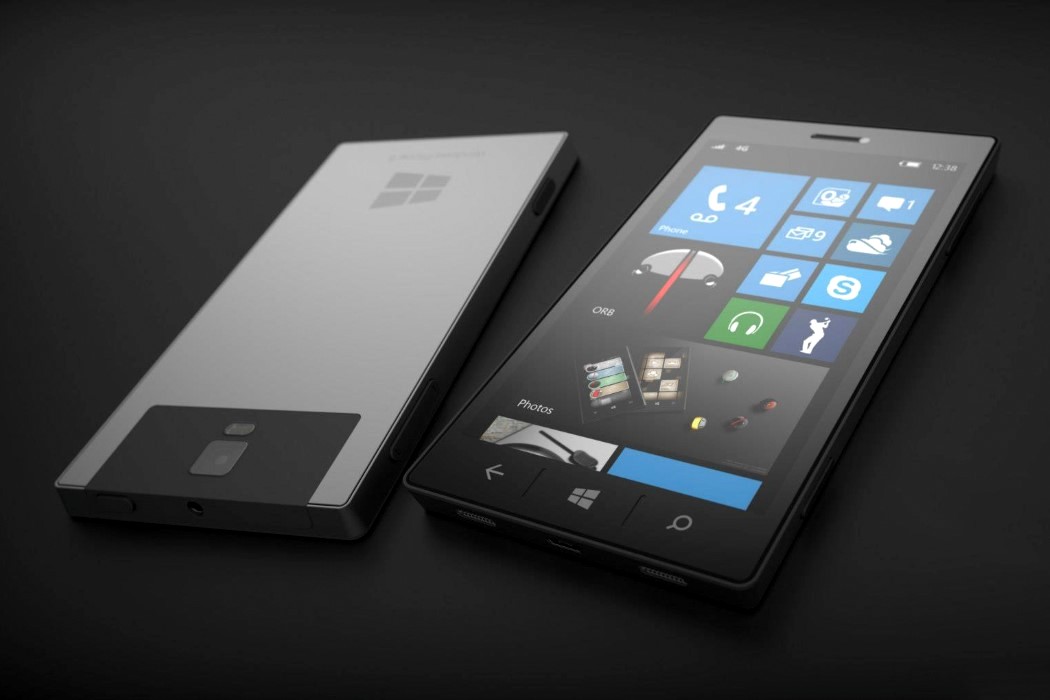
The Surface Phone was Jonas’ first concept phone, modeled off the Surface Tablet that released in 2012.
YD: Softwares! What do you use to model and render?
JD: Like a lot of product designers I use Rhino 3D for modeling and Keyshot 7 Pro for rendering. Both applications are relatively lightweight, versatile, affordable, and easy to learn — but hard to master. They work perfectly together.
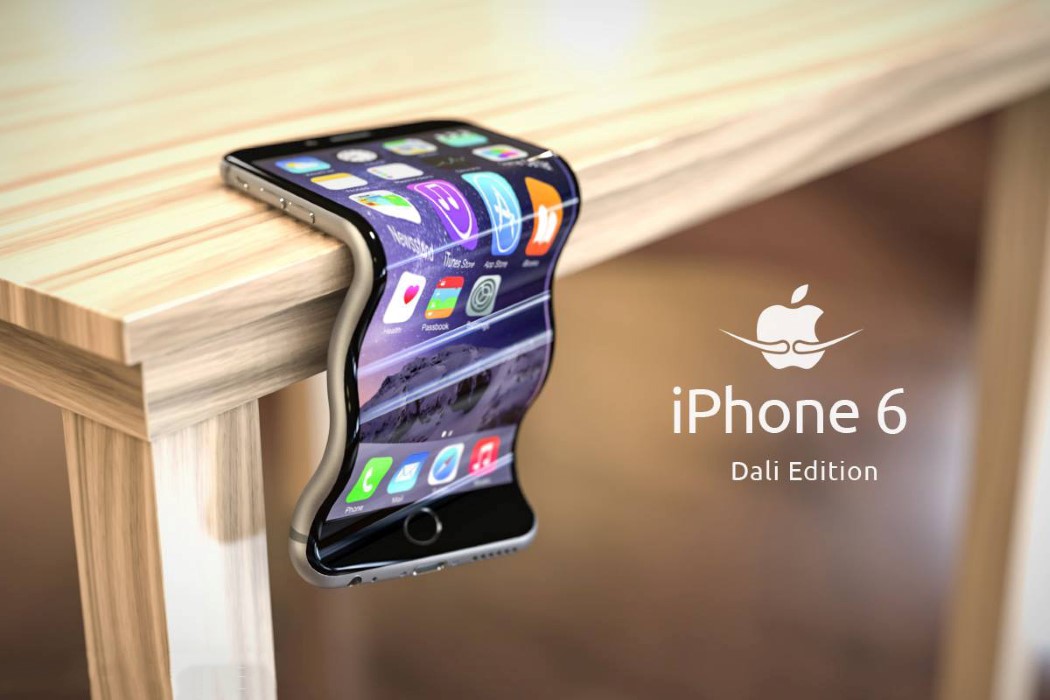
A poke at the #bendgate controversy surrounding the iPhone 6 launch
YD: How do you start with your concepts? Do you follow the rumor-mill?
JD: My first concepts just followed the rumors and as a product designer it is always a good exercise to work on fictional things for companies you have never worked for. It’s like a role playing game. You analyze their design philosophy and create new products for them, without restrictions or limitations. It’s just a typical design process with a lot of research, sketching and failures.
But in the last two years I stepped back to just do some smaller stuff on Twitter, because these days I don’t see any advantage to designing smartphones under a false flag. Most companies became boring, predictable giants. The biggest topics in the last six month were notches, great cameras and the disappearance of the headphone jack. That’s it.
I would like to go further and design my own visions under my own concept brand. For nearly a decade I’ve called myself Phone Designer. This doesn’t mean that I’m only focused on phones, though. Currently I’m working on a laptop concept, which will be totally unique.
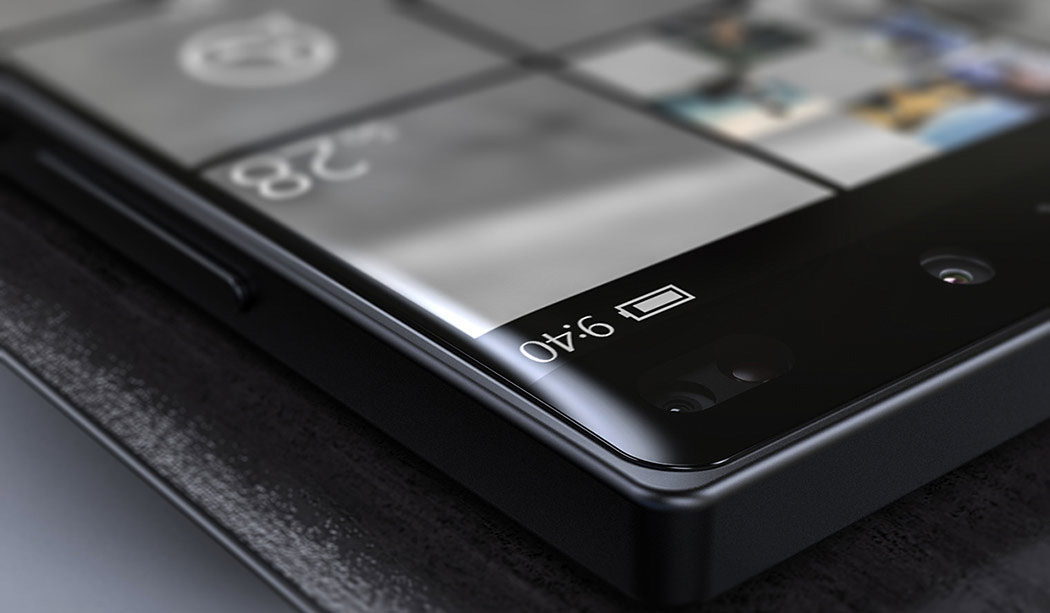
The Lumia 940 was built on rumors and these incredibly realistic renders probably circulated more than the actual photos!
YD: Share some of your tips for photo-realistic renders!
JD: Of course for every render scene the quality of the 3D model, its details, textures and materials are important. But even more important is the arrangement of the 3D models, the camera and light settings. Many 3D artists make the mistake of using very low focal lengths and aggressive viewing angles in their camera settings. As a result, lots of renderings are distorted and the original character of the product is destroyed. Be more conservative in terms of camera settings and spend more time developing a sophisticated light setting to push the product characteristics. Having some knowledge about photography is really helpful, too.
![]()
The Pixel concept actually used Google’s brand colors as product lighting, creating a beautiful atmosphere for the render!
YD: Favorite phone of all time? What phone do you own?
JD: Definitely my first phone, a C35i by Siemens. It is an extremely durable phone with two weeks of battery life. And it still works, after 18 years. I’ve spent a long time with Windows Phone and I’m still a fan of the Lumia phones, especially its Fabula Design language. But Windows Phone is dead, so I switched to Android. Actually I use an old Moto G4 — it’s enough for my needs. I prefer purism and simplicity.
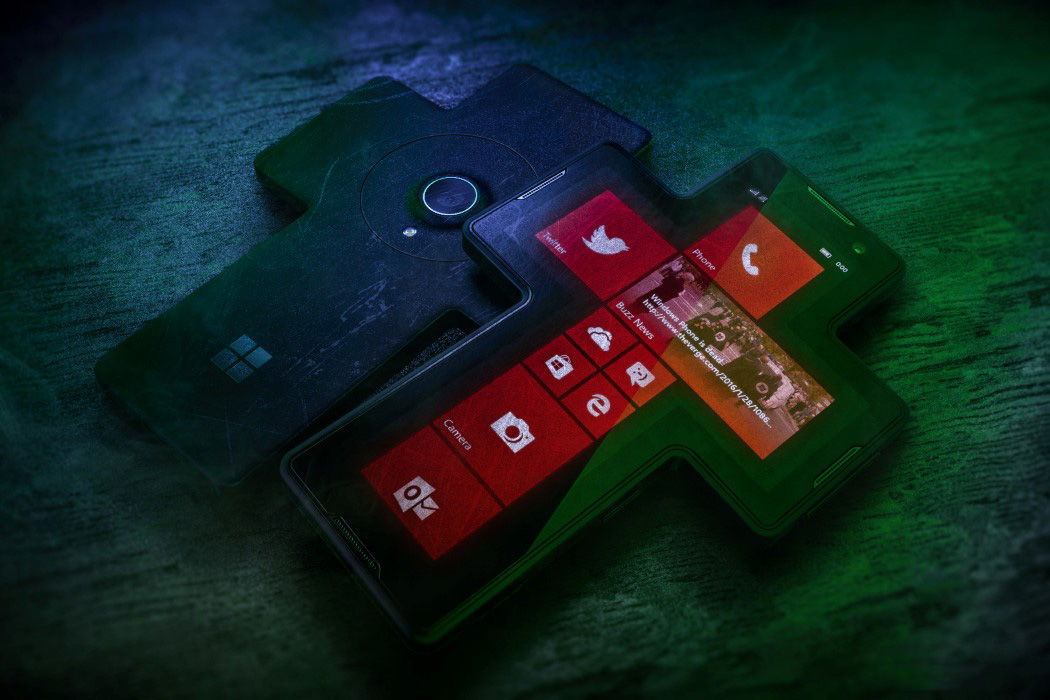
Jonas bid farewell to the Windows Phone in a rather humorous way. It’s pretty comical how the Windows Mobile tile-UI fits into the crucifix design too!
YD: Do you ever plan to make concept wearables like smartwatches or VR headsets, etc?
JD: I already did. A couple of years ago I designed a wristband that could have been a product by Microsoft, before they launched their first Microsoft Band. The similarities were surprising. I also created a fictional VR headset, the Google Nexus Glasses.
For a real client, I’m currently designing a wearable, which will be used in the sport of boxing. It’s not released yet.
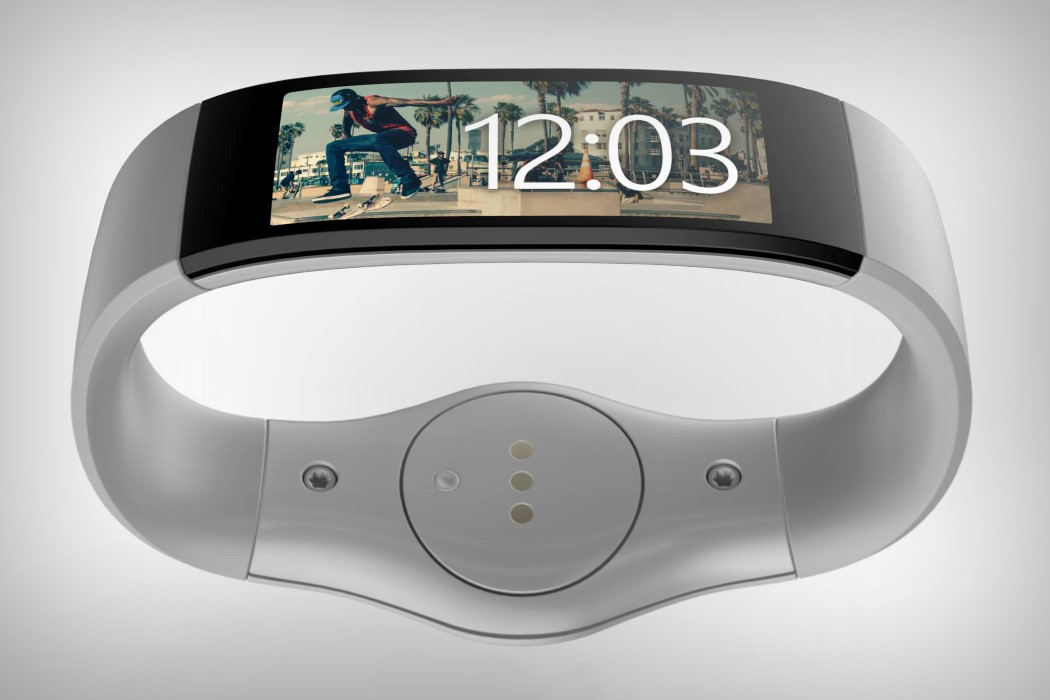
Jonas dropped his own version of Microsoft’s Band in 2014, when the watch market had just begun developing with the Apple Watch.
YD: Lastly, one thing you really wish you could change about the smartphone industry.
JD: There are over 3000 smartphone brands in the world. Each company should produce less devices per year and focus on durability, their software services and updates. Planned obsolescence generates the money. This is a problem. That’s why I really appreciate Google’s Project Treble, which tries to change the current situation.
We should also think about our material choices. Using aluminum or glass for the backsides of the phones requires a lot of energy and resources that are not recyclable. We should use less glue and more screws. We have to prevent the garbage from landing in Africa. The whole industry has to change its attitude towards pollution.
Finally, as a geek I say: We need more battery life.
(I couldn’t agree with you more, Jonas…)
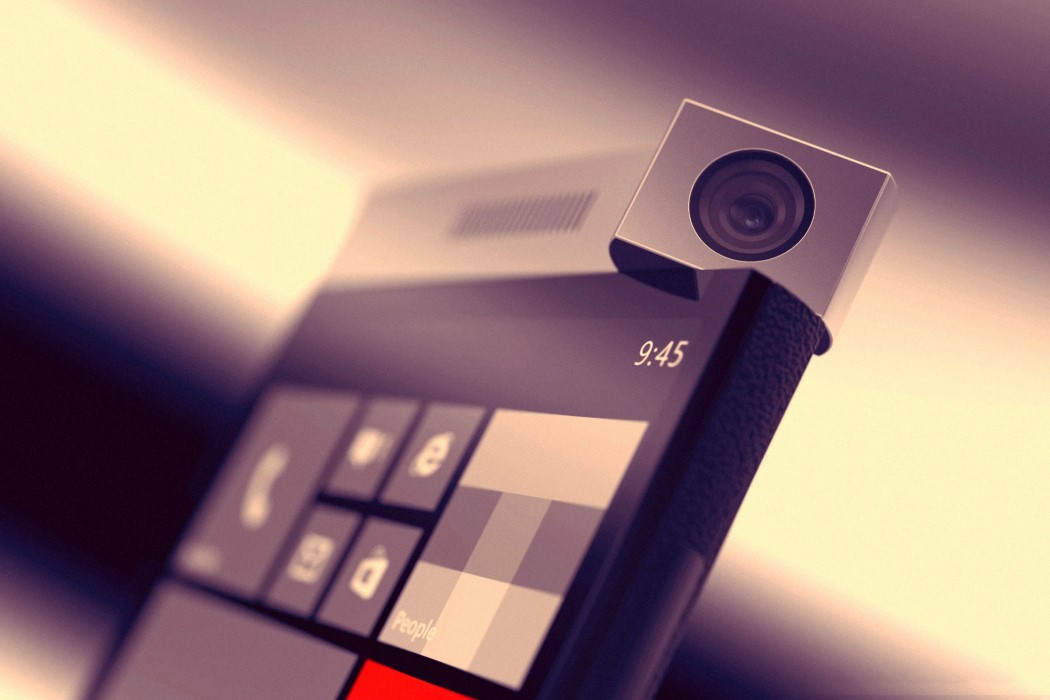
Daehner’s Spinner Phone, also from 2014 (not inspired by the fidget spinner), explores a rotating camera module machined in metal, allowing you to click incredible photos and selfies… using the same camera.
To check out more of Jonas’ work on YD, click here.
![]()


